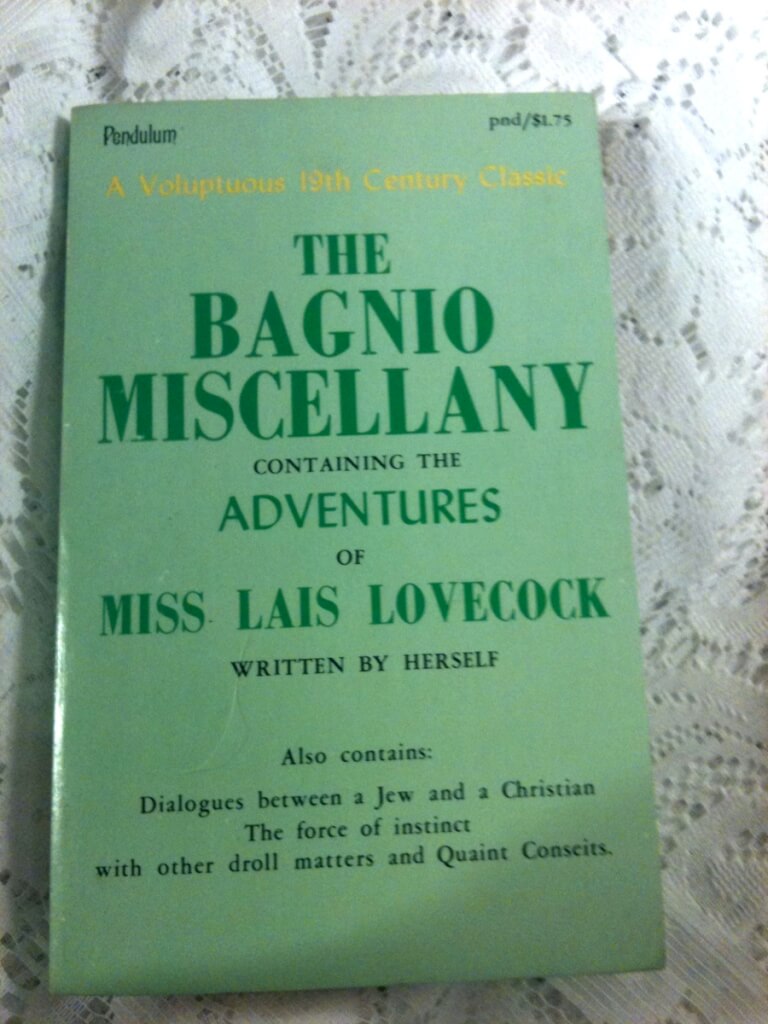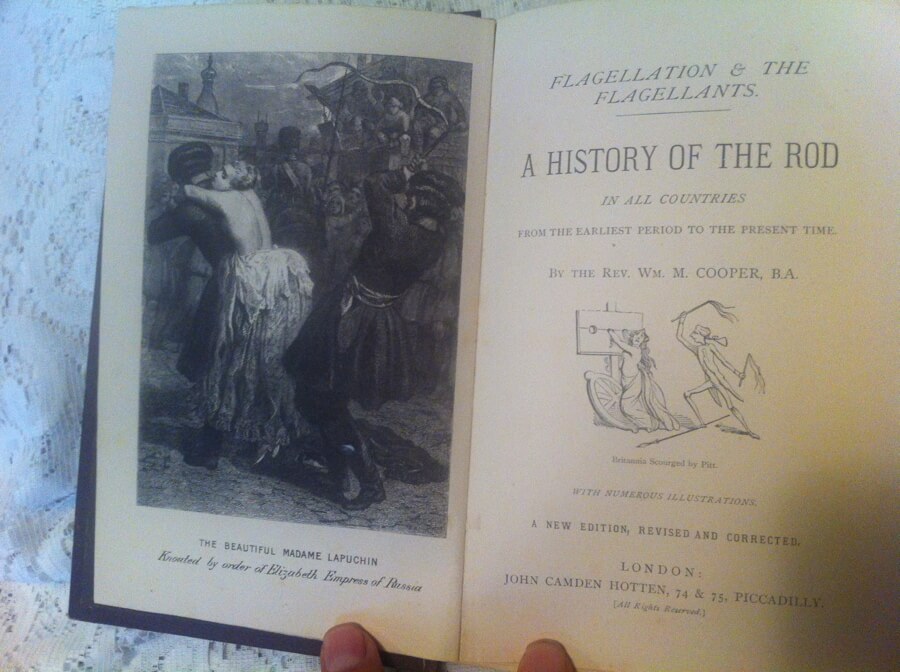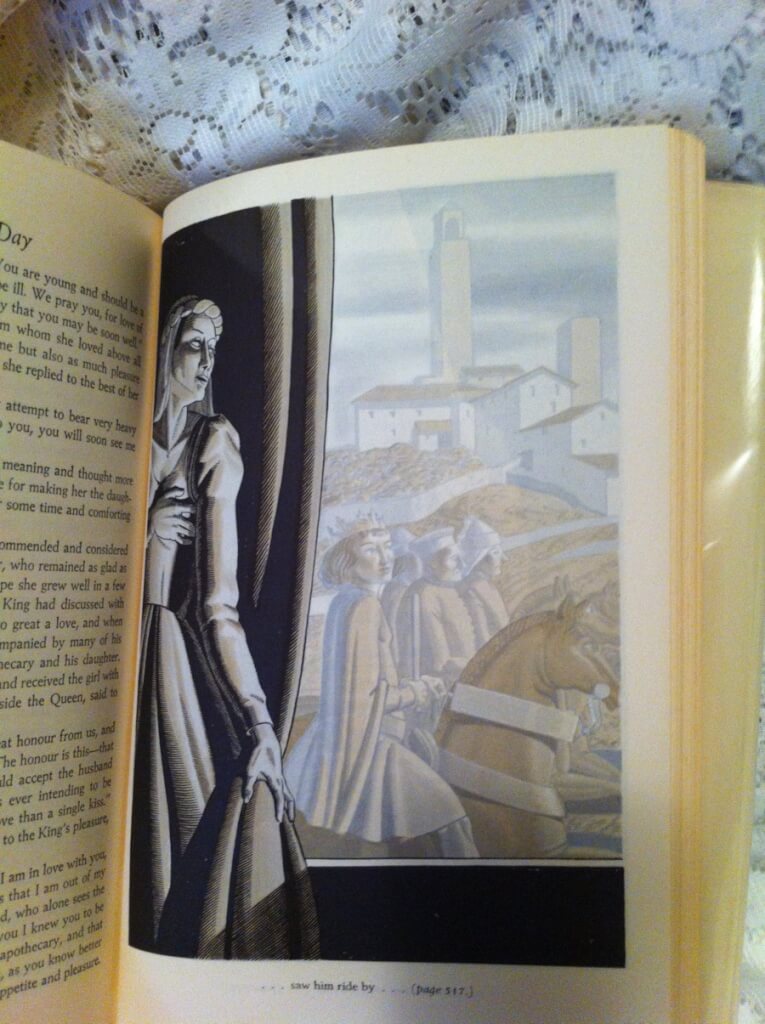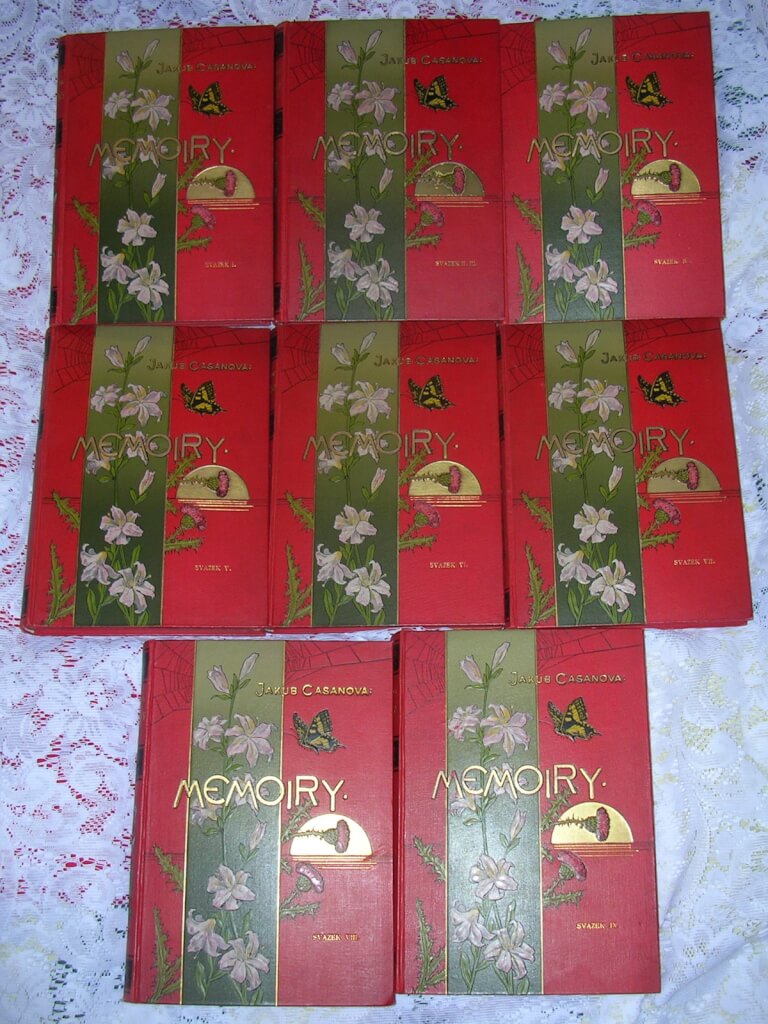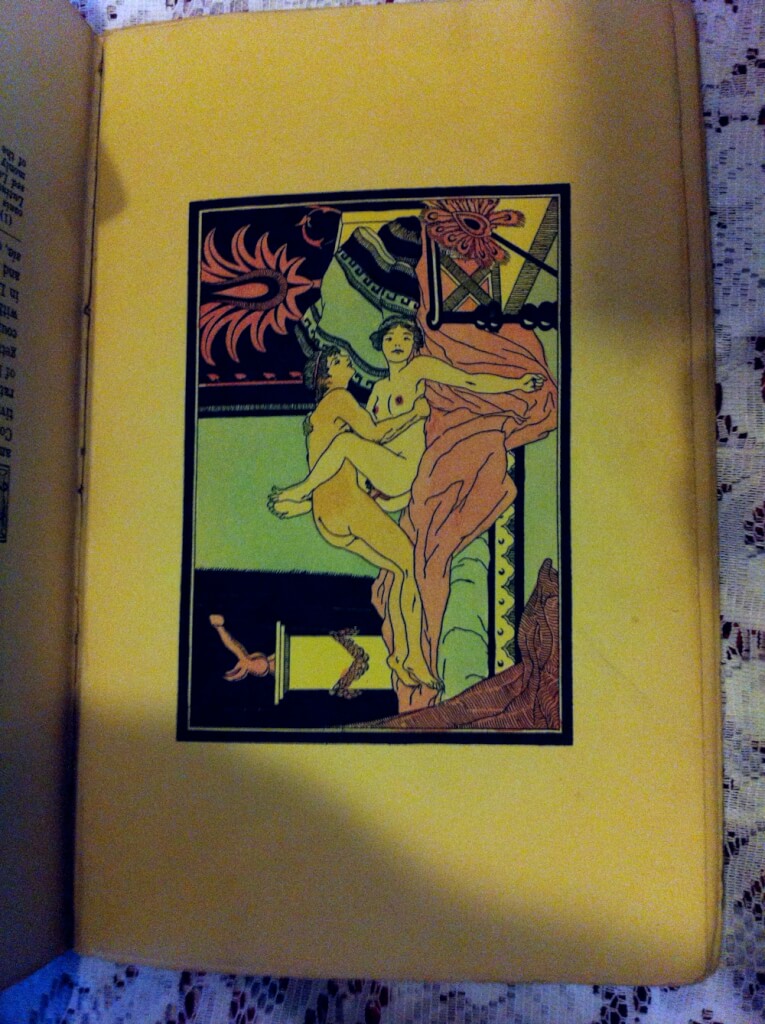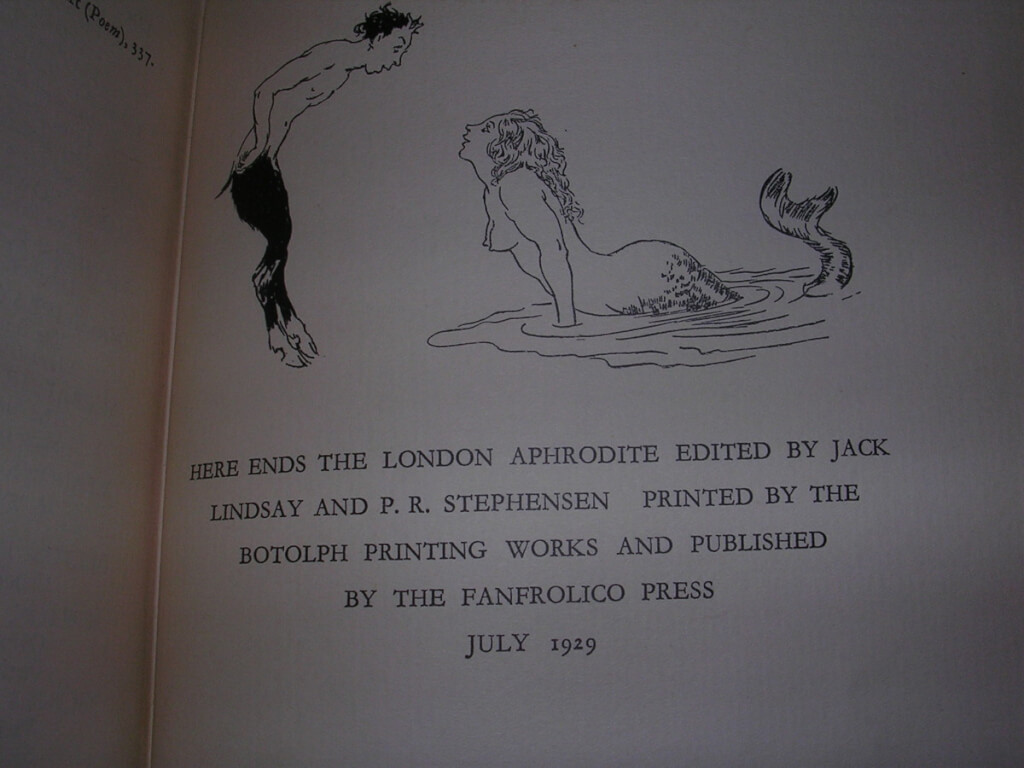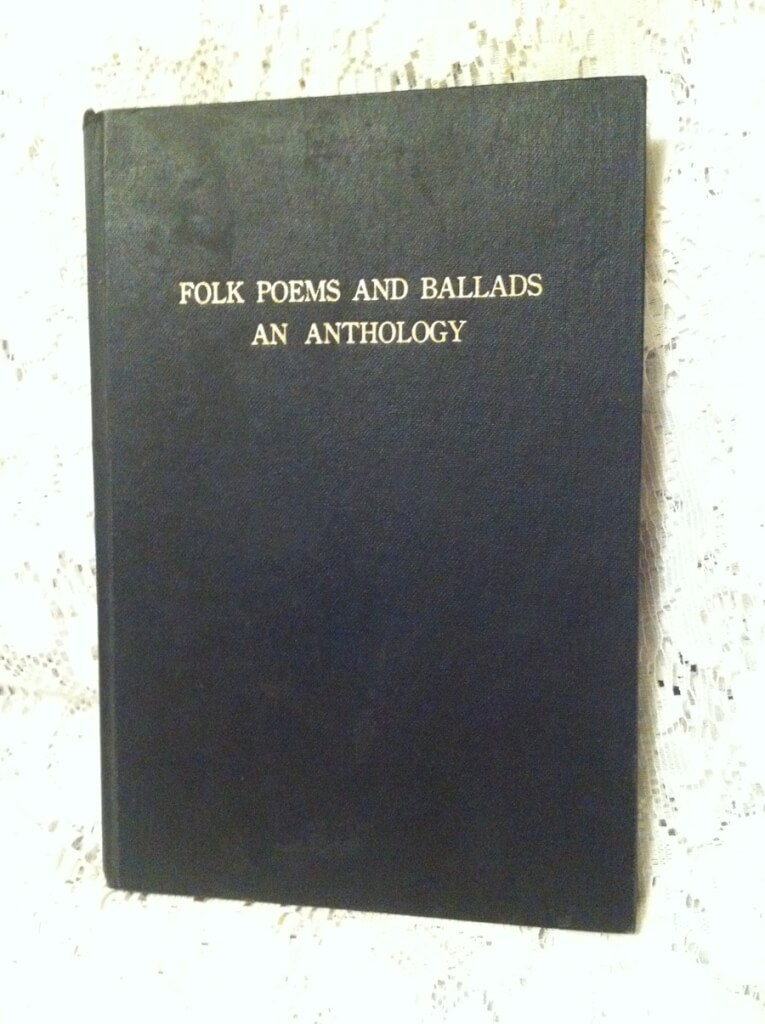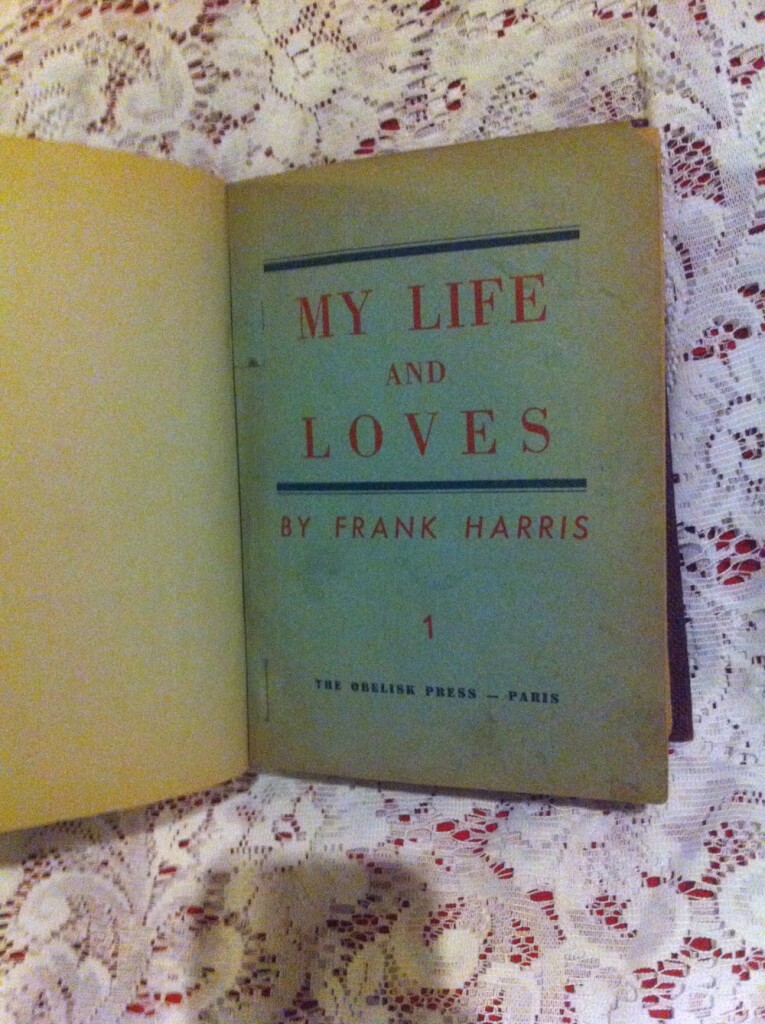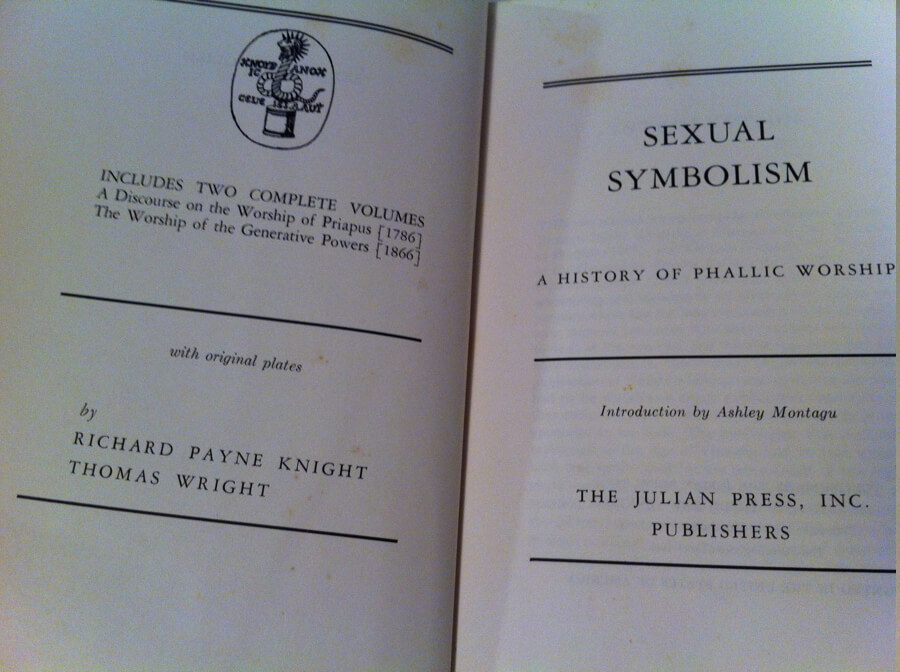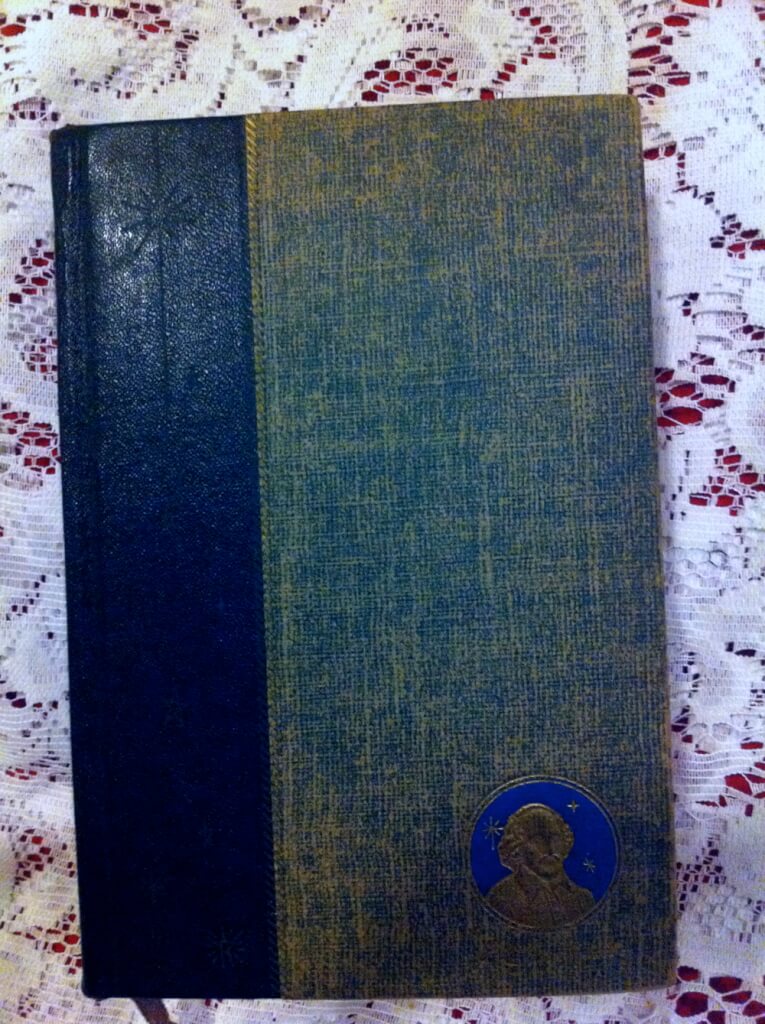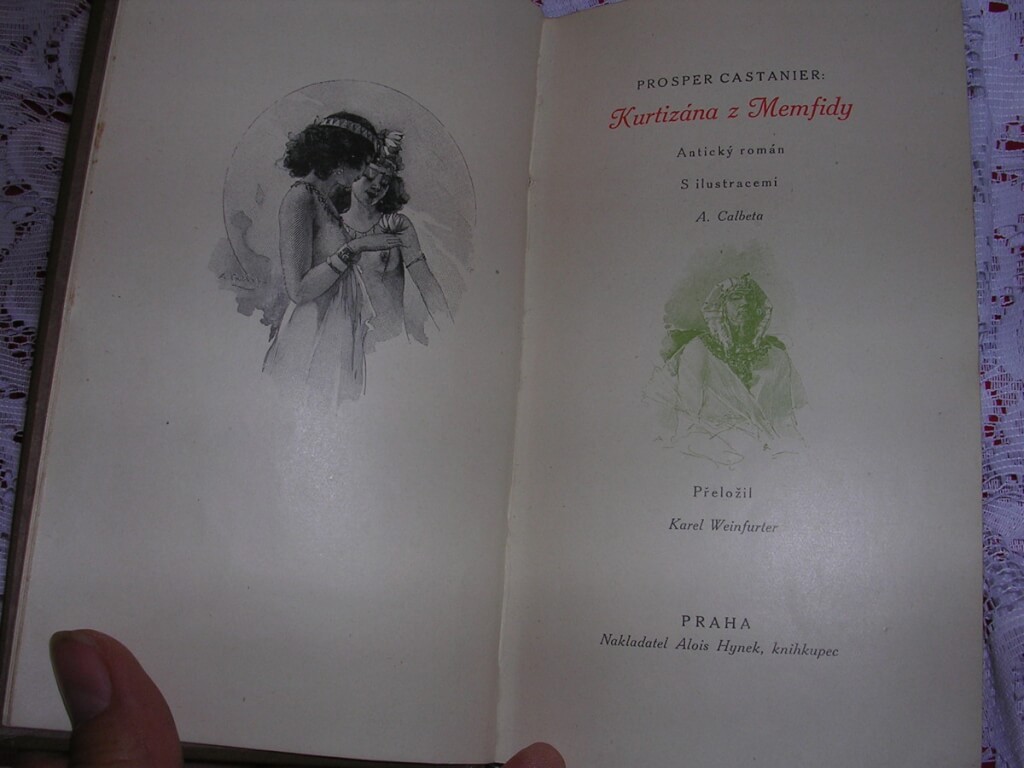Unique, Classic, Vintage
Books and Antiques

Bosch is a bookseller and collector of 18th, 19th, and early 20th century antique erotica and sex-related books and kinky antiques. He enjoys chasing down rare and clandestinely published books. Many of these books at one time or another were ordered destroyed by religions and governments. They often have false and misleading imprints, which allowed their publishers to avoid prosecution and were freely pirated, which makes identification tricky. If Bosch has learned anything from his research of erotica it is that sexuality, in all of its glorious diversity, has been a part of literature and art throughout history. When it comes to sex there is truly nothing new under the sun. Bosch is also a Bondage/BDSM presenter, musician, music teacher and web developer. Teaching and mentoring is an integral kink for Bosch, and he receives pleasure from watching others learn and grow.
Sold here are items that I value. Most are antique, some are here because their quality or uniqueness sets them apart from what one usually finds elsewhere. I simply ask myself, “What would I consider the ‘perfect gift’?” and that is what I try to find to sell here.
I get new items in every week. Check back often and let me know if you have any specific requests. -Bosch ([email protected])




















